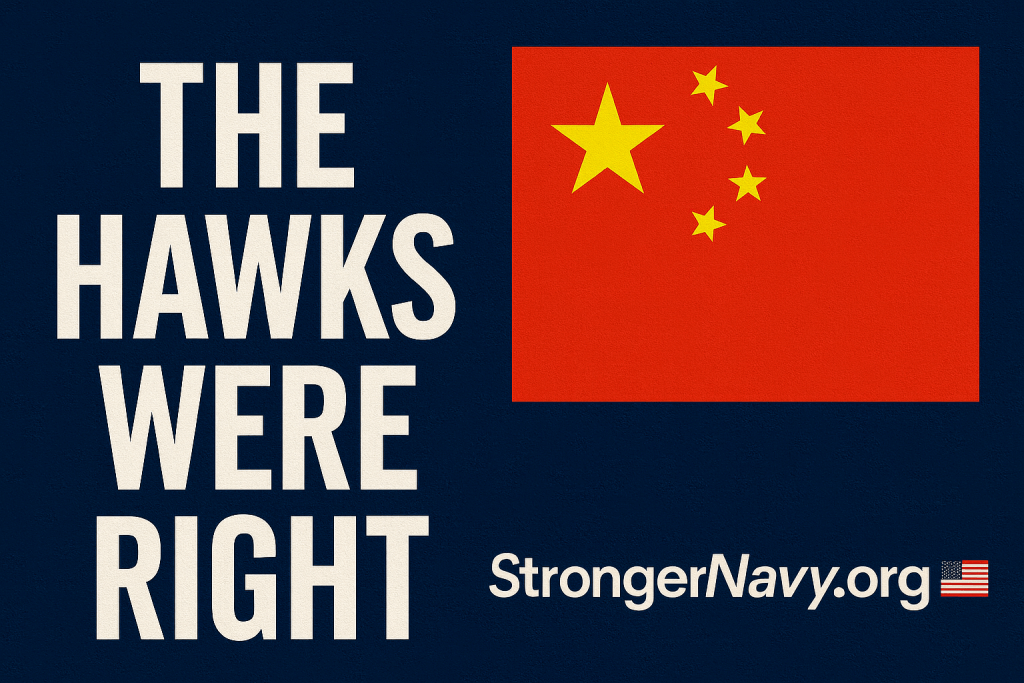

Introduction
Thanks to Tom’s Hardware for spotlighting the latest chapter in U.S.–China tech tensions. Their reporting underscores a key point: America’s security is tied to technology policy. And those who warned about selling cutting-edge chips to Beijing in the first place—the so-called “China hawks”—are now watching these events unfold with an all-too-knowing smile.
What Happened
China recently ordered its top tech companies to halt purchases of Nvidia’s H20 AI chips. This comes after U.S. Commerce Secretary Howard Lutnick said Washington’s goal was to make China “addicted” to U.S. technology. While blunt, his remark struck a nerve, evoking the painful history of the Opium Wars and China’s “Century of Shame.”
The Hawks Were Right
For years, U.S. lawmakers and analysts skeptical of Beijing’s intentions argued that selling advanced U.S. chips—even at a “watered down” level—would only fuel China’s ambitions. They warned that the short-term profits were not worth the long-term risk: once Chinese firms learned from U.S. technology, they would double down on building domestic alternatives and reduce their reliance on America. That is exactly what we are witnessing now.
At Americans for a Stronger Navy, we have been sounding the alarm on this same pattern. Just as the hawks predicted, the policies of short-term gain have fed into long-term vulnerabilities. Our mission is to ensure the American public understands these risks and rallies behind a stronger Navy — one prepared for the challenges of tomorrow.
China’s Long-Term Drive for Self-Reliance
It’s important to note that this isn’t simply a reaction to Lutnick’s remark or recent export bans. For more than a decade, Beijing has been methodically working to reduce exposure to Western technology:
- Made in China 2025 (2015) — A state-led plan to dominate sectors like semiconductors, AI, robotics, and aerospace by producing up to 70% of key components domestically.
- Semiconductors & Chips — Massive state investment in SMIC and the “Big Fund” to build a homegrown chip industry, with Huawei rolling out its own Kirin processors despite U.S. sanctions.
- Cybersecurity & Data — Laws mandating that Chinese data be stored on Chinese servers, cutting Western firms out of core infrastructure.
- “Dual Circulation” (2020) — Xi Jinping’s policy to insulate China’s economy from foreign shocks by prioritizing domestic supply chains and technology independence.
These moves show that dependency on U.S. technology was never going to be permanent. Beijing’s strategy has always been to learn, copy, and ultimately replace. The hawks knew it, and the evidence proves them right.
Why It Matters
- Economic Competition: Nvidia initially saw huge demand for the H20. But Chinese regulators are now pushing data centers to buy 50% of their chips from domestic firms.
- Historical Sensitivities: Lutnick’s “addiction” remark may have been casual in the U.S., but it hit raw nerves in Beijing—feeding nationalist backlash and accelerating decoupling.
- Strategic Leverage: Technology is today’s high ground. If America cedes it, it cedes the ability to shape global security and commerce.
Implications for the U.S. Navy
The Navy’s edge rests on secure, reliable, advanced technology—from AI-driven analysis to unmanned systems. If China achieves independence from U.S. tech, the leverage America once had diminishes, narrowing our technological superiority at sea. Hawks warned this might happen—and now it’s becoming reality.
Implications for Our Allies
Allies across Asia and Europe rely on U.S. technology, but if Beijing succeeds in exporting homegrown chip alternatives, it could create cracks in the U.S.-led alliance system. China wouldn’t just compete militarily—it would compete by shaping the world’s tech ecosystem.
Why Americans Should Care
This isn’t just about Nvidia stock or quarterly earnings. It’s about whether America’s long-term security is sacrificed for short-term profit. The hawks who cautioned against empowering Beijing were pointing to this very moment. If China wins the tech race, it strengthens its military, weakens alliances, and challenges the Navy’s ability to keep the seas free and open.
Conclusion
Tom’s Hardware’s reporting shines a spotlight on a dangerous dynamic: America risks repeating past mistakes. Selling technology to Beijing may fill order books, but it also fuels the very rival we’re preparing to deter. The hawks warned us, and their concerns are looking more prescient by the day.
👉 Learn more and join the conversation at StrongerNavy.org
That’s why we launched Charting the Course: Voices That Matter—a 24-part educational series breaking down how we got here, what went wrong, and what must happen next. Our goal is simple: educate the public, connect the dots, and build the support needed to close the readiness gap before it’s too late.
Let’s roll.

